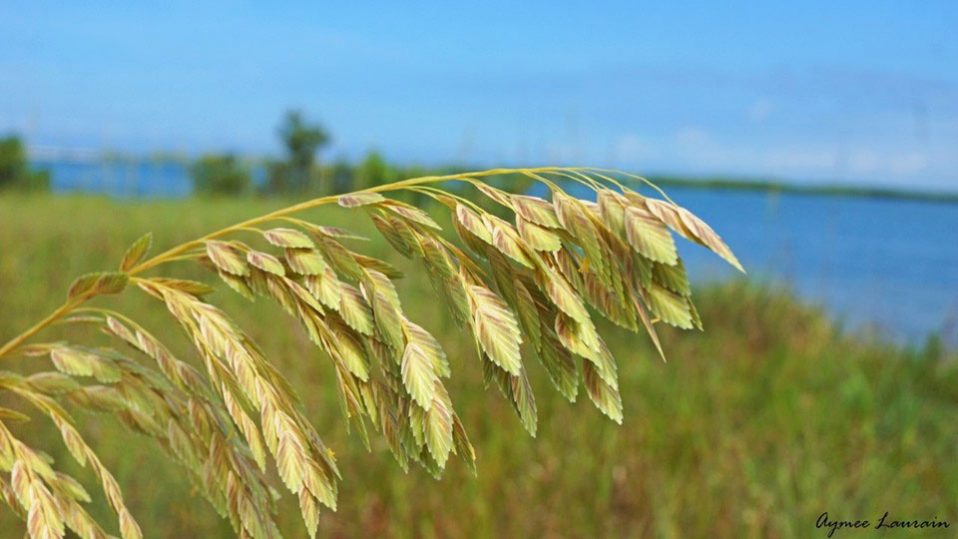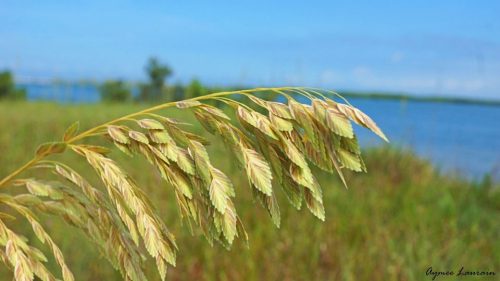Sea Oats (Uniola paniculata)
Sea Oats are an important species of coastal sand dunes. The dunes provide housing and food to a variety of wildlife. The Florida beach mouse is an endemic species isolated to coastal dunes. Roseate terns, least terns, loggerheads, Kemp’s Ridley sea turtles, green sea turtles, hawksbill sea turtles, leatherback sea turtles, and Black skimmers rely on dunes for nesting. Piping plovers and southeastern snowy plover spend the winter in Florida where they breed in coastal dunes. American oystercatchers feed on small invertebrates and breed on sand dunes (U.S. Fish and Wildlife).
Reconstruction of coastal dunes is a common method of fighting climate change. In an effort to determine if this approach was offering a benefit to vertebrates, a study was conducted between June 2015 and June 2016 to compare natural coastal dunes and reconstructed coastal dunes. After collecting 2537 photos, 33 species were recorded. Common species overlapped both natural and reconstructed dunes. Differences were a result of rare species that were isolated to one area. Overall, the two types of dunes attracted similar types and numbers of vertebrates (Martin et al 2018).
Sea oats may not be endangered but they are protected under Title XI Chapter 161 Section 242 of Florida Statute due to their ability to stabilize sand in coastal regions and protect coasts from erosion. Can you think of any beautiful spaces with sea oats?
References
Martin, Scott A., Rhett M. Rautsaw, M. Rebecca Bolt, Christopher L. Parkinson, and Richard A. Seigel. 2018. Estimating the response of wildlife communities to coastal dune construction. Vol. 161.
U.S. Fish and Wildlife Beach Dune, Coastal Strand, and Maritime Hammock. Multi-Species Recovery Plan for South Florida. 3:72-76
Photo credit: Aymee Laurain



Recent Comments